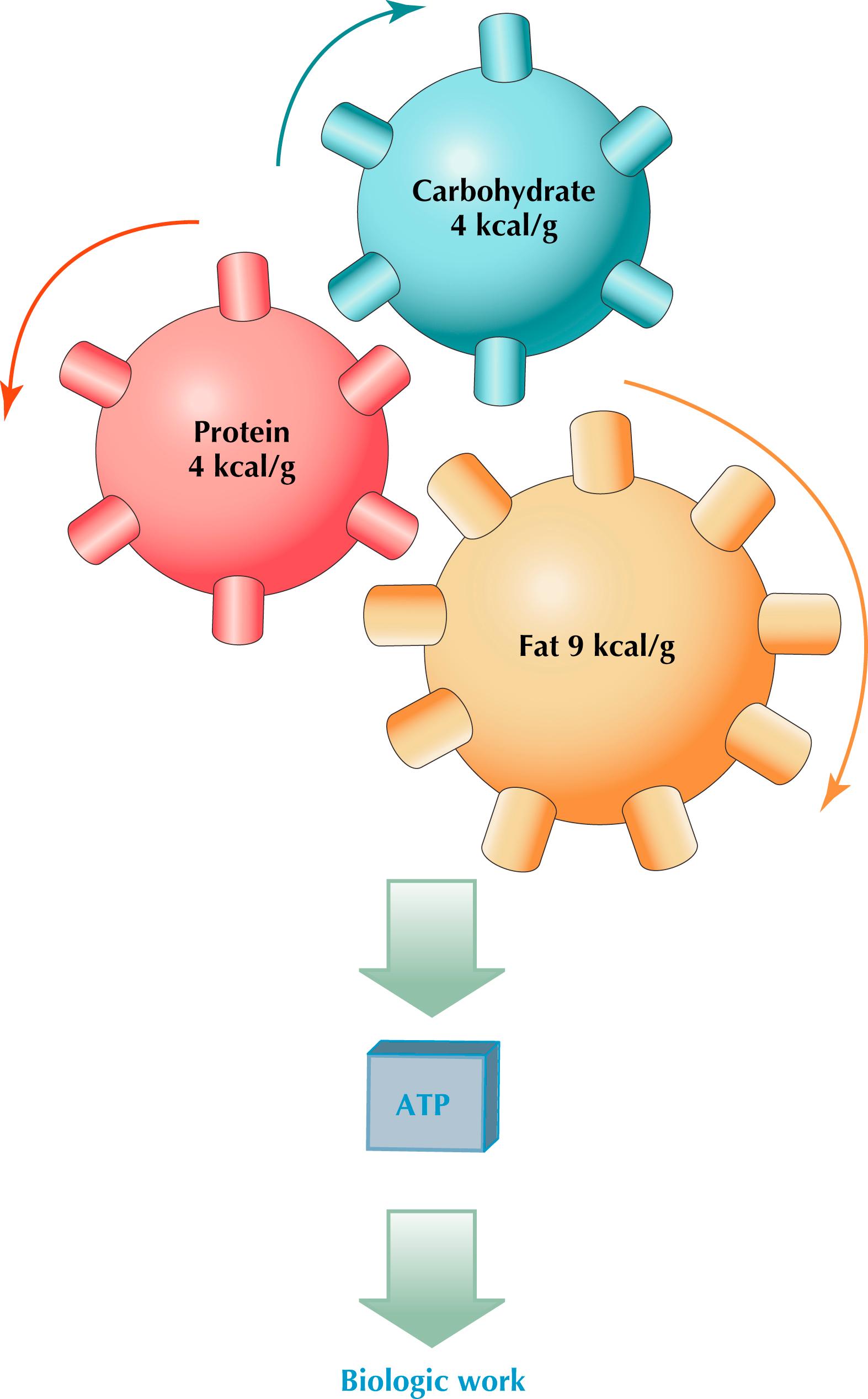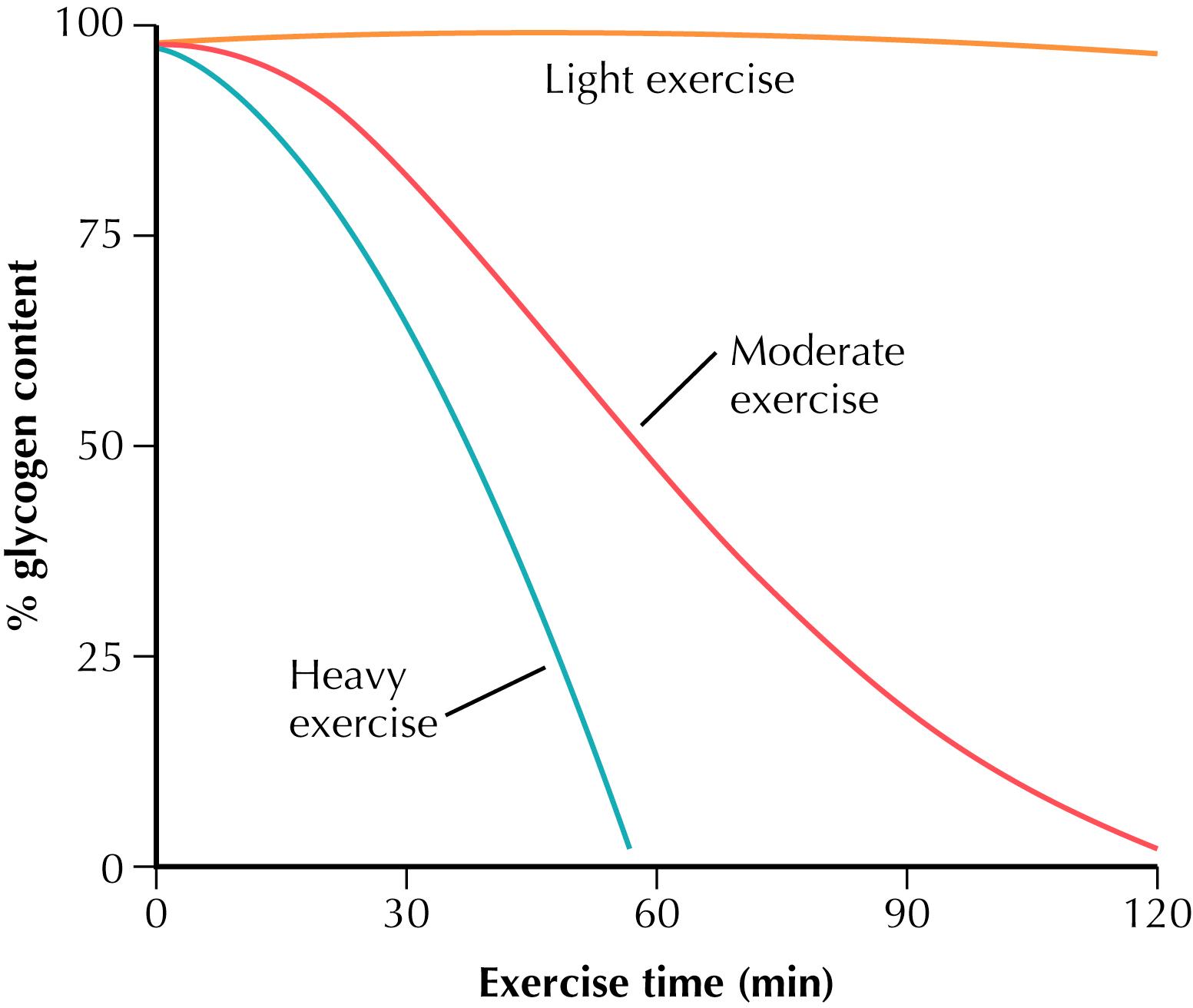Physical Address
304 North Cardinal St.
Dorchester Center, MA 02124
The authors would like to acknowledge the work of Jacqueline R. Berning, MD, on the previous edition chapter.
Exercise training and genetic makeup are major determinants of athletic performance.
A healthy diet will not substitute for either factor, but making wise food choices will allow athletes to maximize their athletic potential by contributing to endurance, speed, and recovery of muscle tissue, as well as promoting optimal health and immune function.
Athletes may lack nutrition knowledge regarding diet and performance. Additionally, athletes may be prone to the utilization of “fad” or “trendy” diet practices, which can often lead to impaired performance and health.
To assess the dietary practices of athletes and provide general nutrition education, sports medicine professionals require an understanding of sports nutrition. In the case of an athlete requiring a more in-depth nutrition assessment or specific recommendations, such as when the athlete is seeking body composition changes, when disordered eating or low energy availability is suspected, or when an athlete requires medical nutrition therapy, he or she should be referred to a qualified sports dietitian.
A basic understanding of how muscles use food as fuel is an important step in understanding an athlete’s diet.
The body cannot directly use the energy released from food; it must first convert the chemical energy found in food to adenosine triphosphate (ATP) ( Fig. 5.1 ).

A small amount of ATP can be found in resting muscle cells—just enough to keep the muscle working maximally for about 1–2 seconds.
During extended periods of exercise, the body produces additional ATP by adding phosphocreatine to adenosine diphosphate (ADP), thereby producing more ATP for muscle contractions.
Moreover, energy-yielding macronutrients such as carbohydrates, fats, and occasionally proteins are used as energy sources to produce more ATP ( Table 5.1 ).
| Energy Source | Storage Area | When Used | Activity |
|---|---|---|---|
| ATP | All tissues | All the time | Sprinting (0–3 seconds) |
| Phosphocreatine | All tissues | Short bursts | Shot put, high jump, bench press |
| Carbohydrate (anaerobic) | Muscles | High intensity lasting 30 seconds to 2 minutes | 200-meter sprint, 50-meter swim |
| Carbohydrate (aerobic) | Muscles and liver | Exercise lasting 2 minutes to ≥3 hours | Jogging, soccer, basketball, swimming |
| Fat (aerobic) | Muscles and fat cells | Exercise lasting more than a few minutes; greater amounts are used at lower exercise intensities | Long-distance running, marathons, ultramarathons, day-long hikes |
The primary pathway to provide energy for sporting events where exercise intensity is near maximal for 30–90 seconds is glycolysis, or anaerobic metabolism.
During anaerobic glycolysis, lactate is produced; it accumulates in the muscles and increases acidity. As lactate increases, pH in the muscle lowers and is associated with the onset of fatigue. The muscle lactate produced from glycolysis is eventually released into the bloodstream and taken up by the liver, which resynthesizes the lactate into glucose. This pathway is called the Cori cycle and allows glucose to enter the bloodstream and be absorbed by cells to be used as energy.
During anaerobic exercise, carbohydrate is the only substrate that can be used to resupply ATP.
If oxygen is available to muscle cells and exercise is performed at a moderate or low intensity, then most of the pyruvate produced during glycolysis is shuttled into the mitochondria for ATP production via aerobic metabolism. Approximately 95% of ATP produced from carbohydrate metabolism is aerobically formed in the mitochondria.
Aerobic metabolism supplies ATP more slowly than anaerobic pathways, but it releases greater energy and can be sustained for hours.
Carbohydrates are stored in the form of glycogen in the body; it is stored both in the liver and the muscles.
Through glycogenolysis, glycogen is broken down to glucose and metabolized via the anaerobic and aerobic pathways. Liver glycogen is used to maintain blood glucose, whereas muscle glycogen supplies glucose to working muscles.
In events lasting <30 minutes, muscles primarily rely on muscle glycogen. As exercise time increases, muscle glycogen stores decline, and they begin to absorb glucose from the blood as an energy source ( Fig. 5.2 ).

Once glycogen stores are exhausted, exercise can continue, but the muscles can only work at 50% of maximal capacity; this state is often called “hitting the wall” or “bonking” because further exertion is hampered.
In certain cases, before a competition, high-carbohydrate diets can be used to increase muscle glycogen stores to up to double the typical amount, thereby delaying the onset of fatigue and improving endurance.
Maintenance of blood glucose becomes increasingly vital as exercise duration increases beyond 20–30 minutes. By maintaining blood glucose, the body saves muscle glycogen to use during sudden bursts of effort or for a second workout later in the day.
A carbohydrate intake of 0.7 g/kg/h during strenuous endurance exercise that lasts for approximately ≥1 hour can help maintain adequate blood glucose, which, in turn, results in delayed fatigue.
At rest and during prolonged exercise at low to moderate intensity, fat becomes the predominant fuel source for exercising muscles. In fact, during very long activities such as ultramarathons, fat supplies approximately 50%–90% of the required energy.
The rate of fatty acid oxidation in the muscle is affected by training level. The better trained a muscle is, the greater its ability to use fat as a fuel. The more unfit a muscle is, the greater its reliance on carbohydrate as opposed to fat. Training increases the size and number of mitochondria and the level of fatty oxidative enzymes, thus allowing athletes to use fat more readily as a fuel source, eventually conserving glycogen.
Although protein can be used as fuel by muscles, its contribution is relatively small compared with that of carbohydrates and fat.
Only approximately 5% of the body’s energy needs is supplied by amino acid metabolism; however, proteins can contribute to energy needs during endurance exercise.
If an athlete exhausts his or her muscle glycogen stores, proteins can contribute as much as 15% of the energy expenditure for exercise.
Become a Clinical Tree membership for Full access and enjoy Unlimited articles
If you are a member. Log in here